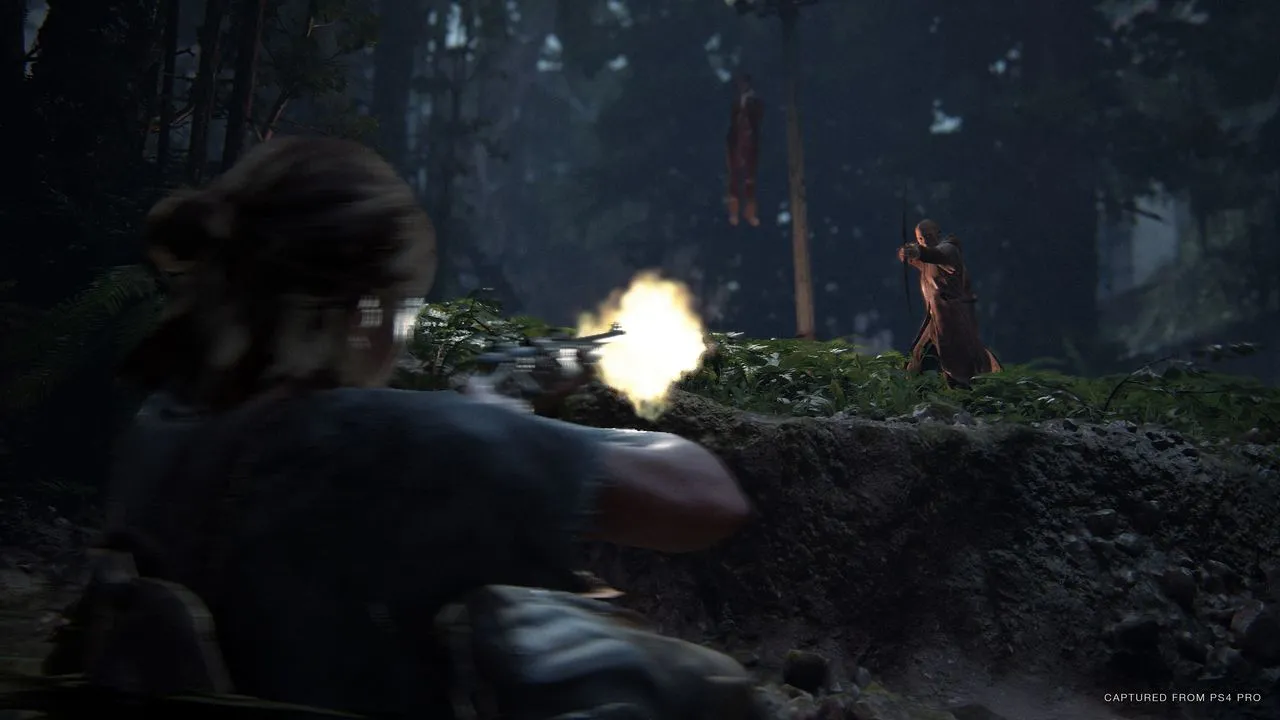
The Last of Us Part II Review: A Brutal and Beautiful Apocalypse
Contents
The post-apocalyptic genre often explores the fragility of humanity when societal structures collapse. Disease, danger, and desperation strip away civilization’s veneer, leaving behind raw survival instincts. The Last of Us (2013), developed by Naughty Dog, masterfully captured this struggle, earning critical acclaim and resonating deeply with players. Five years later (in the game’s timeline), The Last of Us Part II revisits this brutal world and its inhabitants. Does humanity prevail, or has it been lost to the darkness? This review delves into the strengths and weaknesses of this highly anticipated sequel.
 alt text: Ellie aiming her bow and arrow in The Last of Us Part II.
alt text: Ellie aiming her bow and arrow in The Last of Us Part II.
A Tense and Terrifying Experience
Naughty Dog’s signature cinematic action, honed in the Uncharted series, returns in The Last of Us Part II with a heightened sense of tension and dread. While the game offers both direct combat and stealth options, the latter proves essential for survival. Enemies, both human and infected, are cunning and relentless. They flank, ambush, utilize attack dogs, and call for reinforcements, making head-on assaults often suicidal.
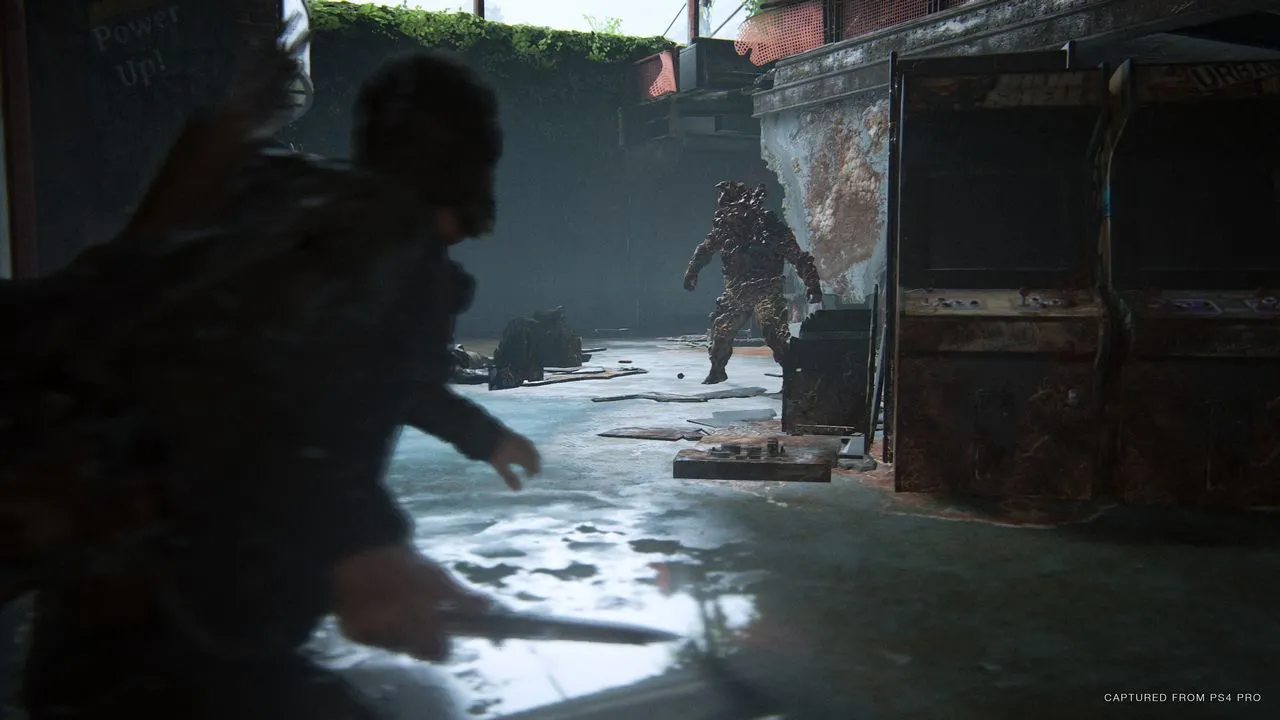 alt text: Ellie hiding in tall grass from a group of enemies in The Last of Us Part II.
alt text: Ellie hiding in tall grass from a group of enemies in The Last of Us Part II.
Stealth requires patience, precision, and a keen awareness of your surroundings. Every step, every rustle, can betray your position. The game expertly crafts an atmosphere of constant vulnerability, where even the slightest mistake can be fatal. Success is rewarded with brutal, visceral close-quarters combat and satisfyingly impactful takedowns. The high difficulty, combined with the unforgiving nature of enemies, demands strategic thinking and mastery of the game’s mechanics.
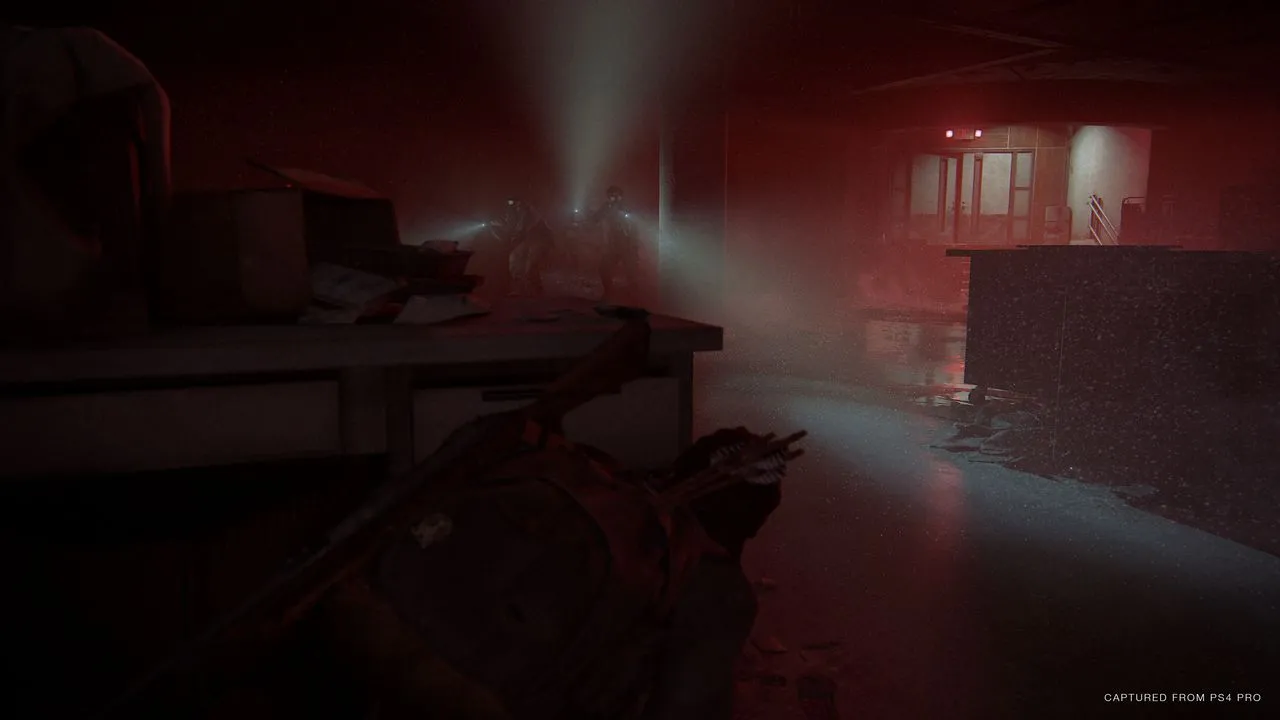 alt text: Ellie fighting a clicker in The Last of Us Part II.
alt text: Ellie fighting a clicker in The Last of Us Part II.
Polished and Powerful Presentation
The Last of Us Part II boasts a stunning visual presentation. A cold, desaturated color palette dominates the game’s environments, from overcast skies and snow-covered landscapes to the overgrown ruins of once-bustling cities. This bleak aesthetic reinforces the game’s oppressive atmosphere and the grim realities of its world. However, amidst the darkness, the game’s masterful use of lighting creates moments of beauty and hope. Rays of sunlight filtering through foliage, flickering lamps in dimly lit interiors, and the glow of a distant fire all contribute to a visually rich and evocative experience.
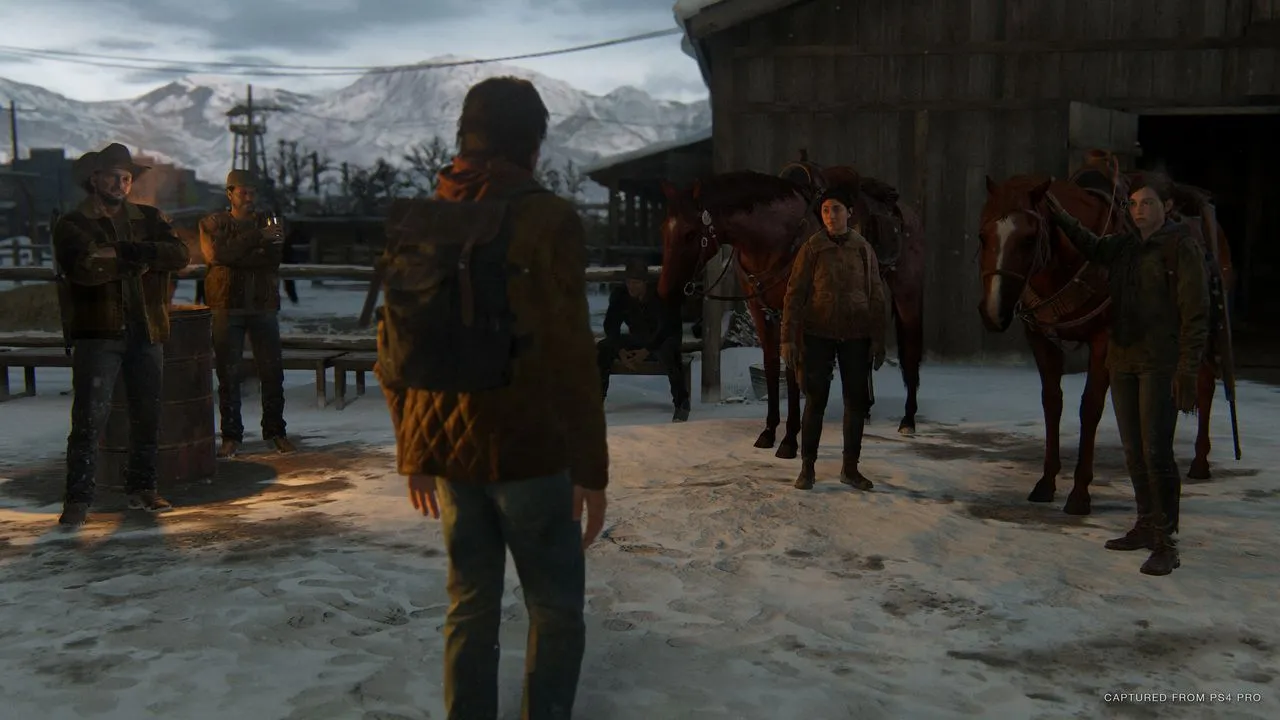 alt text: A scenic view of a dilapidated city overgrown with vegetation in The Last of Us Part II.
alt text: A scenic view of a dilapidated city overgrown with vegetation in The Last of Us Part II.
The narrative continues the series’ tradition of grounded storytelling, with nuanced characters and emotionally resonant dialogue. The pacing is deliberate, slowly building tension and culminating in shocking plot twists. The expanded crafting and skill systems add depth to the gameplay, requiring players to scavenge for resources and strategically invest in upgrades. Finding training manuals unlocks new abilities, encouraging exploration and rewarding thoroughness.
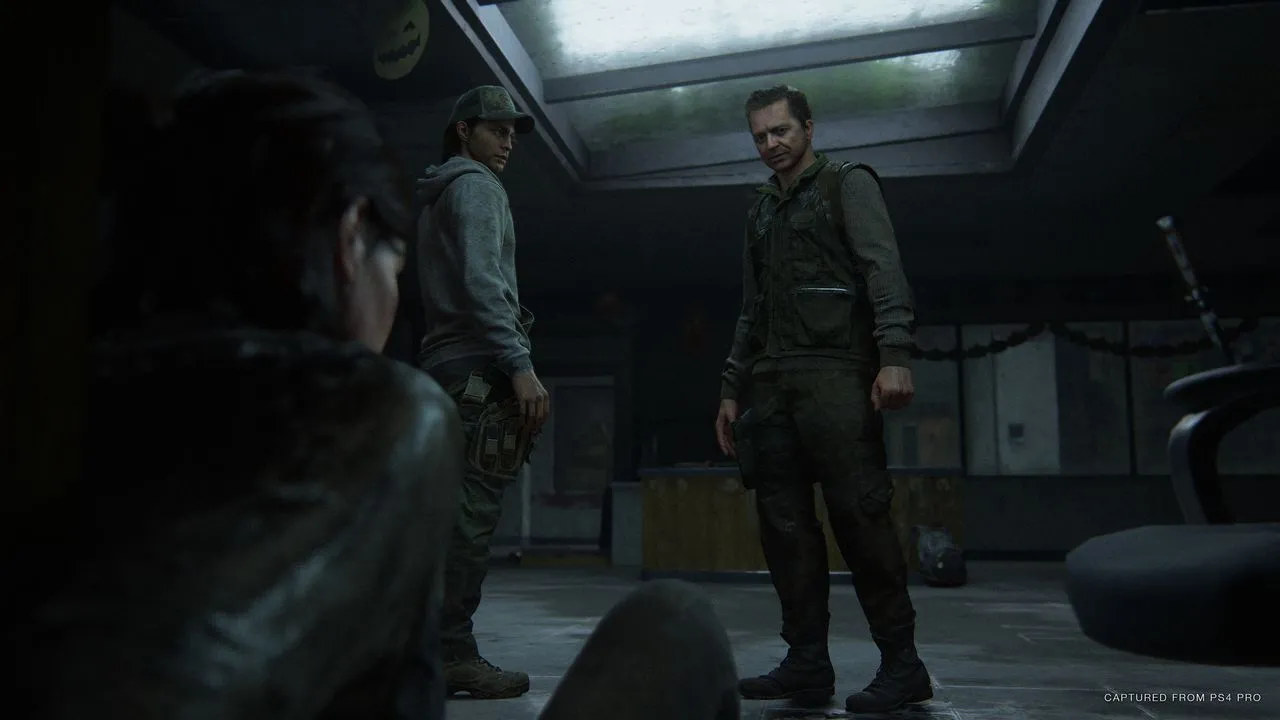 alt text: Ellie looking at a Firefly pendant in The Last of Us Part II.
alt text: Ellie looking at a Firefly pendant in The Last of Us Part II.
Frustrating Flaws and Distractions
Despite its strengths, The Last of Us Part II suffers from some significant shortcomings. The companion AI is a constant source of frustration. While stealth is often crucial, companions frequently make noise, move erratically, and alert enemies, undermining carefully planned approaches. The game’s logic also occasionally falters. Breaking car windows yields nothing, while retrieving ammunition from downed enemies is inexplicably difficult. Melee weapon durability feels arbitrary, with flimsy shives outlasting sturdy pipes.
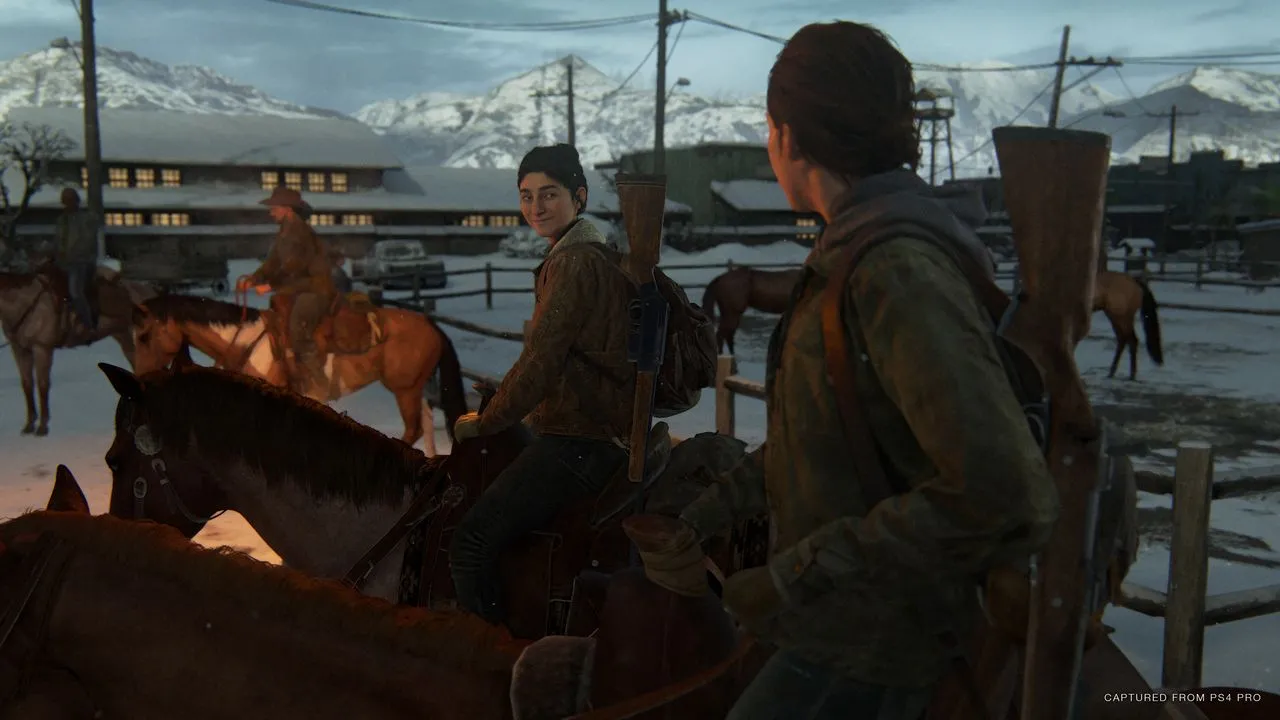 alt text: Ellie fighting a human enemy in The Last of Us Part II.
alt text: Ellie fighting a human enemy in The Last of Us Part II.
The game’s pacing and level design also detract from the experience. While some sections deliver intense, focused narratives, others feel unnecessarily drawn out, disrupting the emotional momentum. The semi-open-world approach feels half-baked, offering large areas to explore but lacking the freedom of a true open world or the tightly designed linearity of the original. This disconnect between narrative and gameplay creates a sense of disjointedness, hindering the player’s immersion.
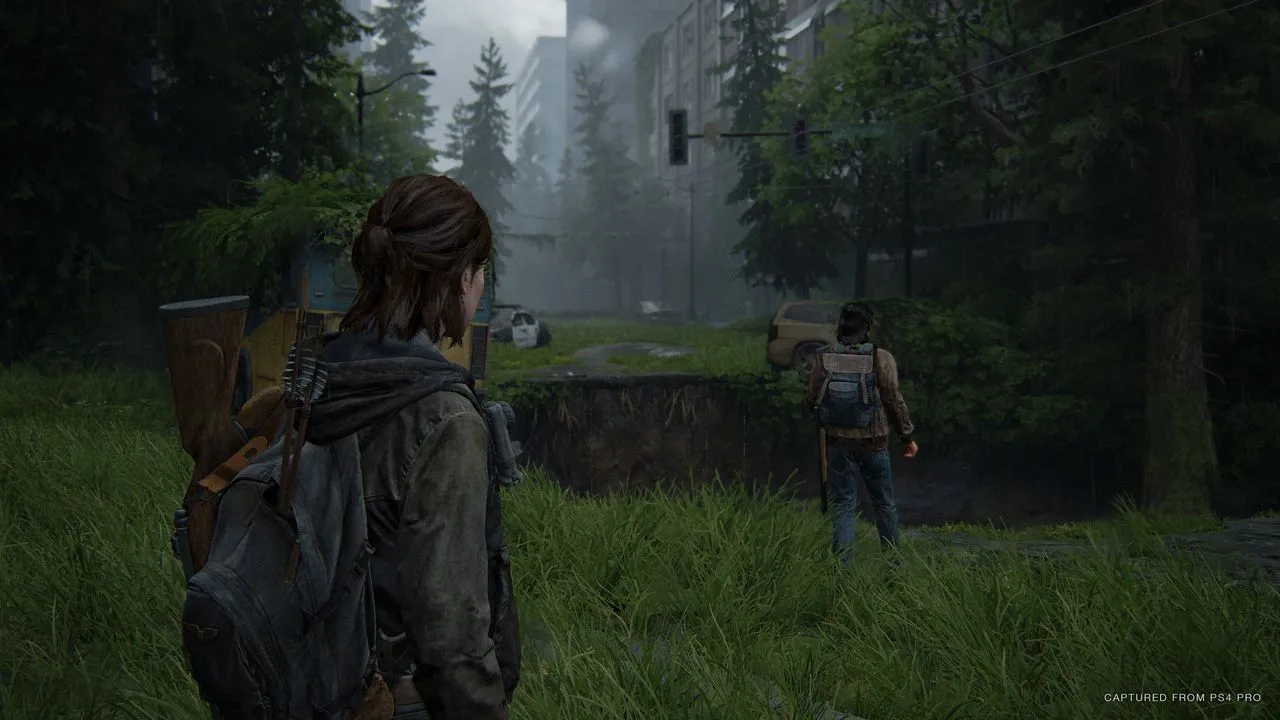 alt text: Ellie playing guitar in The Last of Us Part II.
alt text: Ellie playing guitar in The Last of Us Part II.
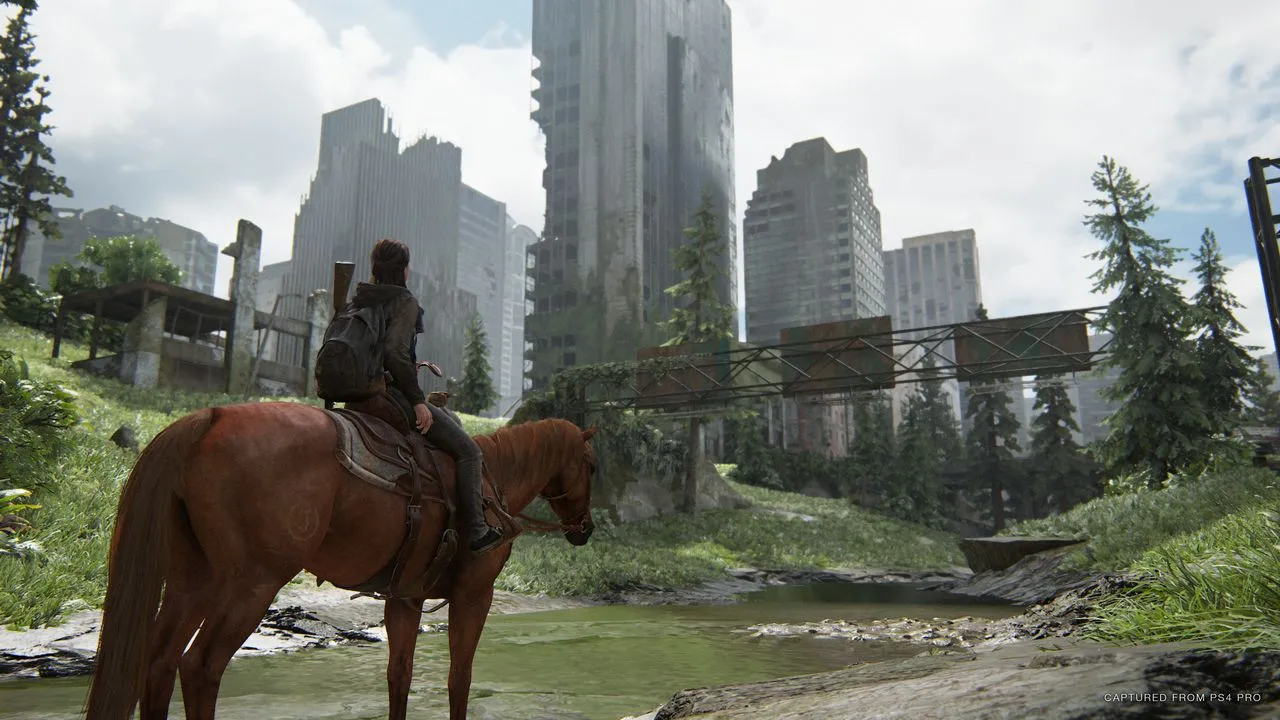 alt text: Ellie standing in front of a burning building in The Last of Us Part II.
alt text: Ellie standing in front of a burning building in The Last of Us Part II.
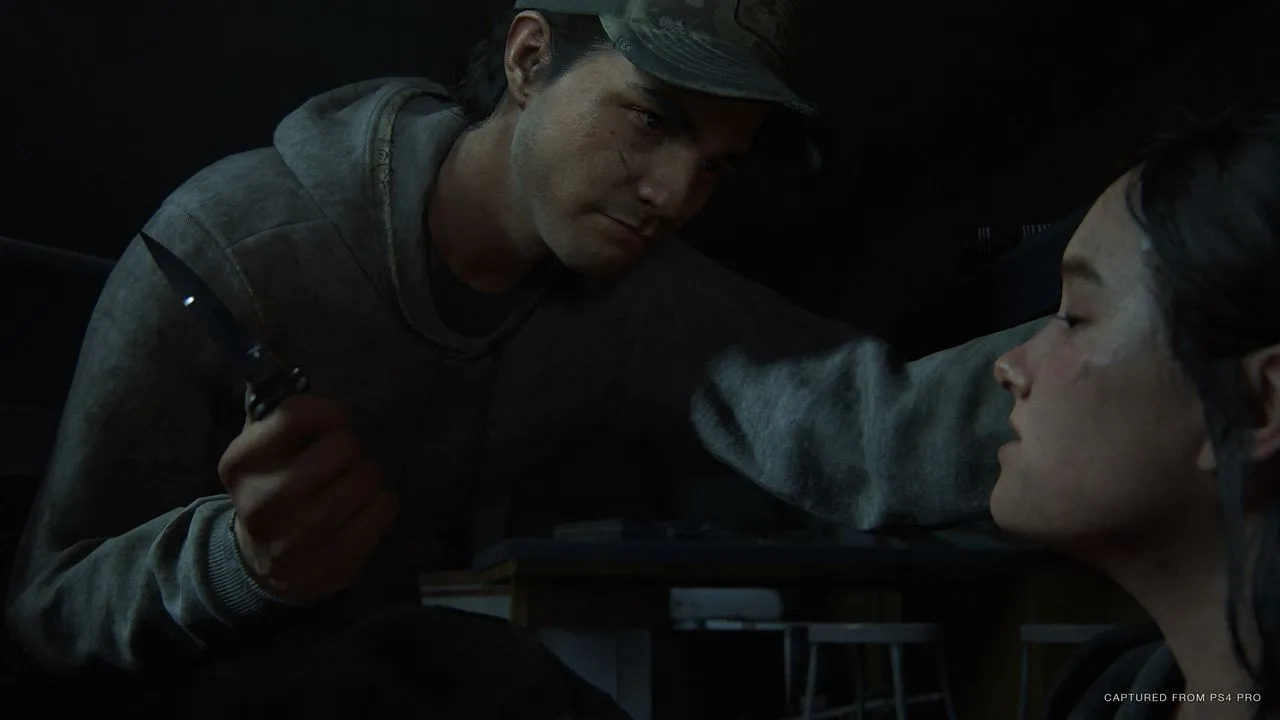 alt text: Ellie looking out at a dilapidated city in The Last of Us Part II.
alt text: Ellie looking out at a dilapidated city in The Last of Us Part II.
Conclusion
The Last of Us Part II is a visually stunning and narratively ambitious game that delivers moments of brilliance. However, frustrating AI, inconsistent logic, and pacing issues prevent it from reaching the heights of its predecessor. While the game explores complex themes and offers a compelling, albeit divisive, story, its flaws ultimately undermine the overall experience.





Comments (0)